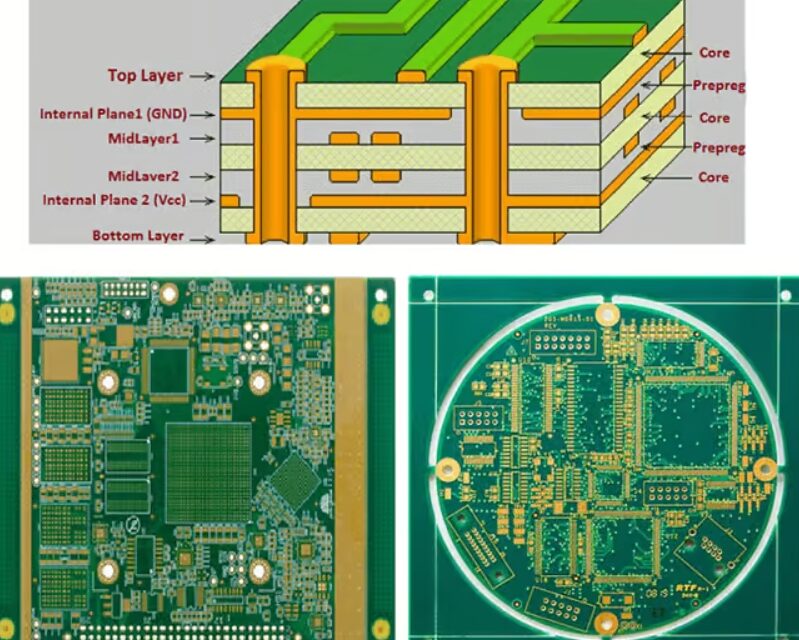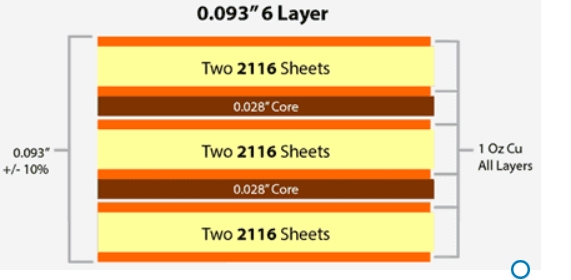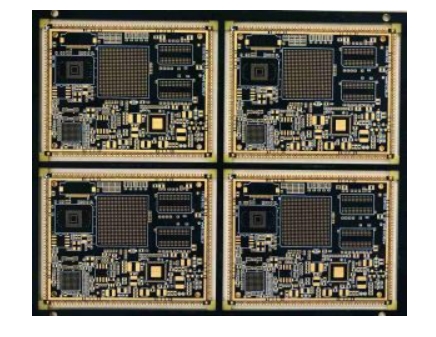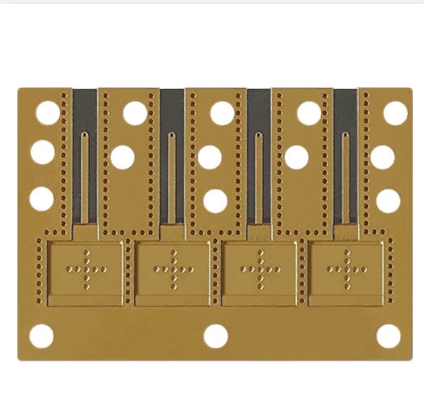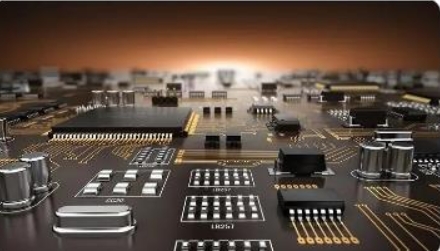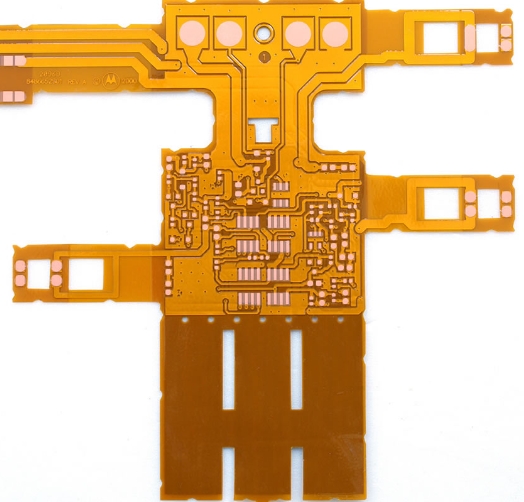FR4, often written as FR-4, is a widely recognized and high-performing substrate material used in PCB manufacturing. Its affordability, insulation properties, and structural integrity make it the foundation for most PCB designs. FR4 boards are coated with copper foil using adhesive to create conductive layers, either single or double-sided, depending on the design. This flexibility allows for the...
HomeCategory
PCB Manufacturing Services | High-Quality PCB & PCBA - KKPCB
Printed circuit boards (PCBs) have evolved from simple single or double layer boards to complex multilayer boards with 6 or more layers to accommodate increasing component density and interconnectivity needs. 6 layer PCBs provide more flexibility for routing, plane separation and enable partitioning of circuits across layers. However, designing the 6 layer stackup requires careful planning to utilize...
4 layer flex PCB are used in a variety of industrial applications. Our flex PCBs are first choice for industries such as power, automobile, medical devices, GPS, and industrial control equipment, to name a few. Four Layer Flex PCB Stack up Flexible printed circuits (FPCs) provide invaluable dynamic flexing and shape conforming capabilities in electronics. 4 layer flex PCBs with conductors on 4 layers enable...
Guidelinesand Stack-up Guidelines Printed circuit boards (PCBs) are becoming increasingly complex to accommodate higher density components and more sophisticated functionality. A growing trend is the use of boards with a large number of layers – 8, 10, 12 or more. In particular, many advanced designs are moving to 10 layer PCBs. While providing more real estate...
What is IC Substrate? The base material of IC packages is the integrated circuit substrate (or IC package substrate). They shield the bare IC while supporting interconnection between the IC and the PCB’s trace network. As a result, the substrate has a significant impact on circuit performance. They are composed of several layers with a supporting...
The special processes of PCB include but are not limited to the following categories: 1.Ultra-thin board and ultra-thick board: Ultra-thin board refers to a PCB with a thickness smaller than the standard thickness, while ultra-thick board refers to a PCB with a thickness greater than the standard thickness. These processes are often used in specific electronic products,...
Special processing technologies are non-conventional processes used in the production of printed circuit boards to meet specific needs. These technologies usually involve high-precision, high-complexity processing requirements and are capable of processing circuit boards with special functions or properties, such as high-frequency PCBs, flexible PCBs, and high-density interconnect (HDI) boards. Major Special Processing Technologies 1.Microvia Processing Technology Microvia processing...
Introduction to Flexible Printed Circuit Boards (Flexible PCBs) Flexible printed circuit boards (flexible PCBs or flex circuits) are made from flexible insulating materials such as polyimide film. Unlike traditional rigid PCBs, flexible PCBs can bend and twist while maintaining electrical connectivity, making them ideal for space-constrained and dynamic applications. Key Advantages of Flexible PCBs: Bendability and...
Flexible PCBs (printed circuit boards) provide the ability to bend and conform to various shapes, making them an essential technology for space-constrained and dynamic applications. A 2-layer flex PCB contains a flexible dielectric layer sandwiched between two conductive copper layers. Designing these PCBs requires unique considerations, including material selection, layout techniques, manufacturability, and reliability. This guide outlines a step-by-step...
Flexible printed circuit boards (PCBs) are a cornerstone of modern electronics, found in devices like smartphones, cameras, and electric vehicles. Unlike traditional rigid PCBs made from FR4 (flame retardant material), flexible PCBs utilize polymer substrates such as polyimide, resulting in their signature amber or orange appearance. These boards offer enhanced versatility, lighter weight, and better adaptability...

